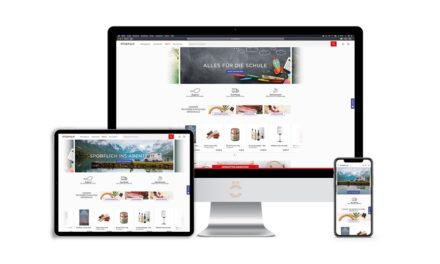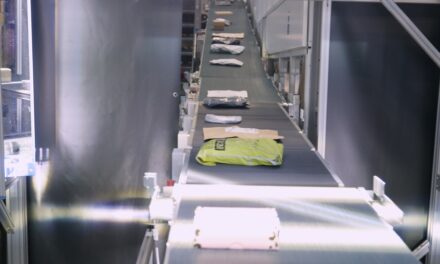
Printers voice concern over UK mail pricing changes
Size-based charges threaten to increase distribution costs but some in the industry will benefit.
It has been a long wait, but all systems are now go for Royal Mail’s plans for size-based pricing. Postcomm has given it the all clear and Pricing in Proportion (PiP), as it’s now called, will be phased in by August 2006.
The announcement two weeks ago has been heralded as “the greatest change in postal pricing since the introduction of the Penny Black”. In the B2B publishing sector, it has also been the most controversial.
PiP is likely to result in postal price increases for A3-sized magazines. They now come under the large letter format and that means a higher price bracket.
“It will be the lighter-weight A3 titles that will suffer,” explains PPA director of circulation Nicola Rowe.
And this could mean a rethink by B2B publishers over future magazine sizes. The magazine sector, which relies heavily on posting out issues, will be hit the hardest.
“It hits us purely from a distribution point of view,” says William Reed production director Chris Reed. “It’s a matter of trying to find a solution to get around it.”
One likely move for B2B titles, according to Reed, is that publishers will think twice about implementing a tabloid format – the A4 size is likely to be viewed as safer. While “not everyone will be going away from tabloid” it seems several publishers will just say no to A3.
Reed also says that he can see where Royal Mail is coming from. It has argued from the start that the current weight-based system results in extra costs for the organisation as larger and unusually shaped mail can’t be sorted by machinery. It takes up more space in vans and mailbags and less mail can be carried at any given time. The prices will now reflect Royal Mail’s costs.
But the latest twist to the proposals comes through Royal Mail’s Mitigation Scheme. This allows postal users to claim rebates if they spend £100,000 and experience a 50% rise in expenditure because of PiP. The scheme stretches over a two-year period with a 40% rebate on the first year and 20% in the second. But the 50% figure isn’t a percentage mark that the PPA feels is fair for its members.
Since the plans were first mooted in 2002, lobbying has been fierce. The Mitigation Scheme is the most recent issue to upset the PPA.
“Our main problem has been that after lengthy talks, we had got to a position the industry could live with,” says Rowe. “But Royal Mail keeps moving the goalposts.”
But it’s not all bad news. As Rowe concedes, there are some publishers who will consider themselves as winners. Mailing production company CMM, based in London’s Docklands, sees PiP as good news for many City clients.
“Most packs we produce, such as financial reports, actually fit into a category where a lot of our clients will benefit,” says CMM chief executive Yolanda Noble.
And it is not necessarily bad news for printers. According to William Reed’s Reed, the plans will hit “distribution rather than printing”.
It’s likely that the arguments will rumble on but by this time next year all postal users will have to live with PiP. With implementation due in August 2006, no one can complain that they haven’t been warned.











